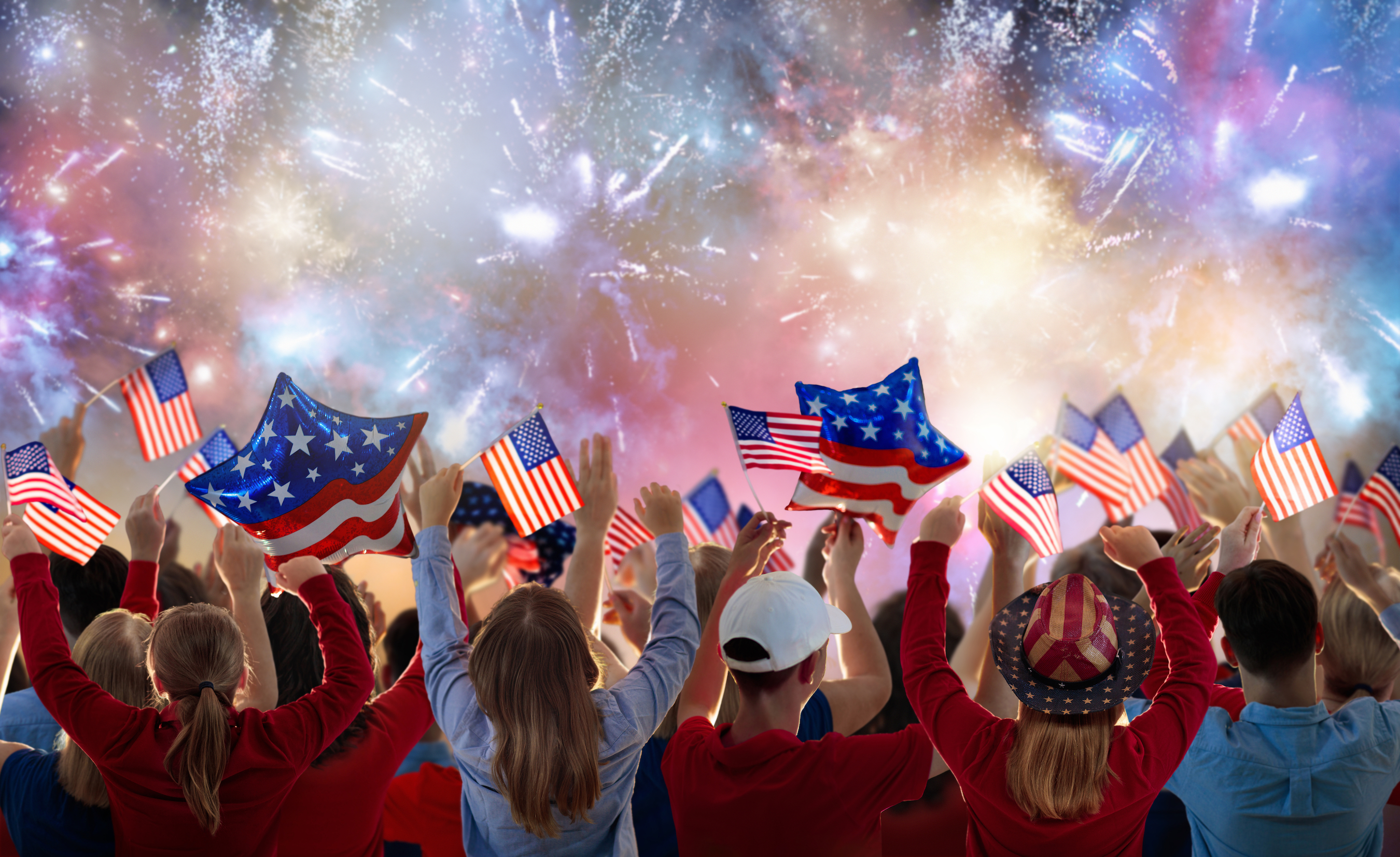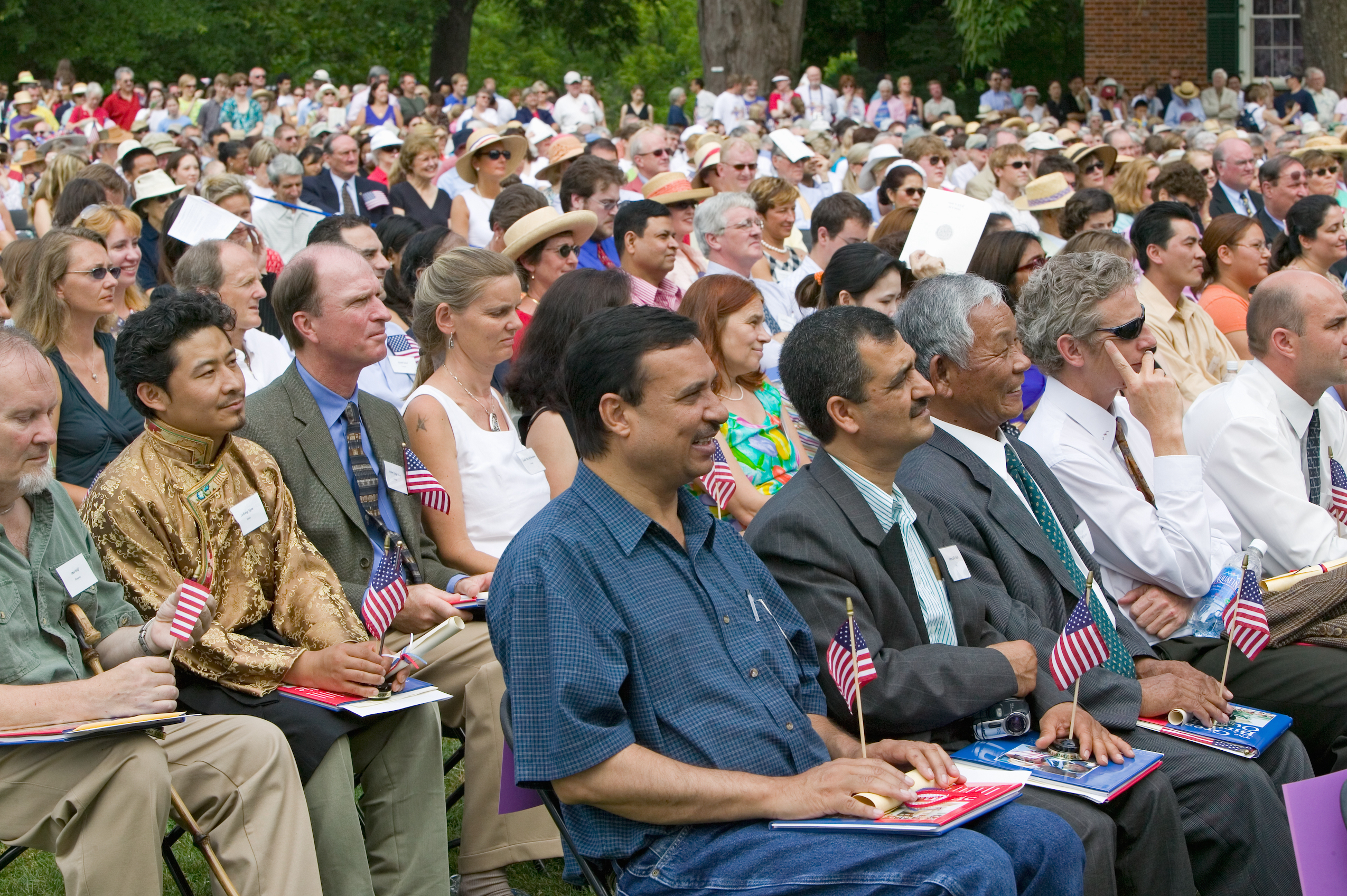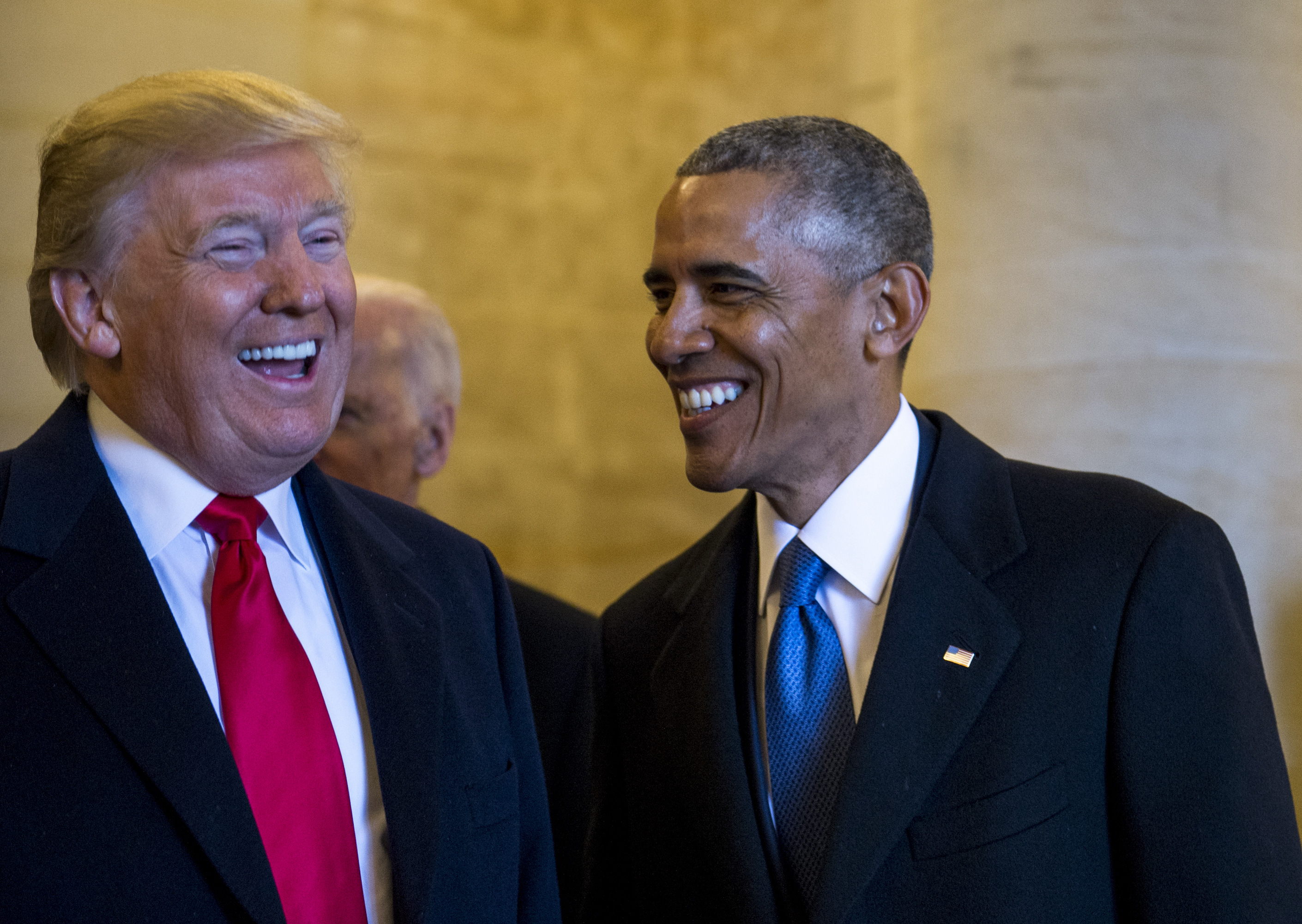The other tradition, racial nationalism, stands in sharp contradiction to the first. It says that to be a full-fledged American, one needs certain qualities of ancestry, race, ethnicity and perhaps religion. From this point of view, the preferred Americans are white Protestants. These immigrants come primarily from Europe, and they imagine that America was meant to be a society of European descent. Insofar as immigrants are admitted to America, these white Protestants are given preference, and their descendants are preferred in terms of rising in American society. From this perspective, America imagines itself as a racial nation, privileging certain races, religions and ethnicities over others. And the most important privileging is that of race. From the perspective of this racial nationalist tradition, you must be white. If you're not white, you struggle to have rights in American society in ways that whites do not have to contend with.
What to do with a society that has two principles of nationalism that stand in such sharp contradiction to each other? It renders America a paradoxical place: on the one hand, open and welcoming; on the other, closed and discriminatory. And America is always working through the contrary impulses of its two traditions of nationalism, civic and racial.


